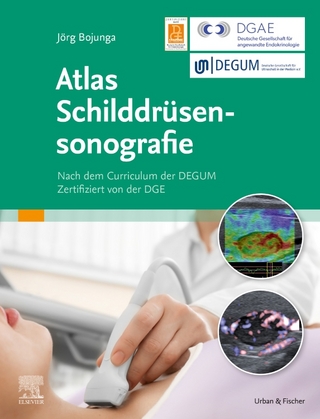
How Organic Pollutants Poison Our Health
Unsafe at Any Level
Seiten
2019
|
Unabridged edition
Cambridge Scholars Publishing (Verlag)
978-1-5275-2467-5 (ISBN)
Cambridge Scholars Publishing (Verlag)
978-1-5275-2467-5 (ISBN)
The human body is made up of quadrillions of individual cells, and each cell contains over a billion proteins. Some of these are long-lived and some are manufactured and degraded daily. In order to pack so many proteins into one cell, they are folded into intricate, complex shapes. The folded, three-dimensional shapes of proteins are absolutely necessary, not only for packing into small cells, but also for their function. The shape or form of proteins dictates their various, multitudinous functions. Anything that disrupts the shape of the protein disrupts its specific function. If sufficient disruption occurs, disease or disability may follow. Many of the infinite number of organic pollutants that poison our environment are derived from petroleum, organic-based precursors. These compounds are lipid-soluble and can be stored in fatty deposits in the human body. Moreover, they can dissolve into a folded protein: proteins have small, lipid-soluble pockets within their folded structure. Lipid-soluble compounds can find these pockets and attach to the protein. In some cases, these pollutants can change the shape—and the function—of the protein. Although these disruptions may never rise to the level of producing disease or death, the damping of the protein’s functions could result in a decrease in quality of life.This book provides an explanation of how proteins are made, folded, and function. It also discusses how pollutants can muddle protein shape and, therefore, protein function.
Penny May Hopkins received her PhD in Biology from Tulane University, USA, and conducted postdoctoral work at the American Museum of Natural History in New York. She spent over 30 years doing basic research and teaching biology at the University of Oklahoma, where she was a Samuel Roberts Noble Foundation Presidential Professor. Her research focused on the hormonal control of regeneration in crustaceans. She was elected a Fellow of the American Association for the Advancement of Science (AAAS), was a Fulbright Fellow in 2009, and served on the Editorial Board of the international journal, Comparative Biochemistry and Physiology for many years.
| Erscheinungsdatum | 02.04.2019 |
|---|---|
| Verlagsort | Newcastle upon Tyne |
| Sprache | englisch |
| Maße | 148 x 212 mm |
| Themenwelt | Medizinische Fachgebiete ► Innere Medizin ► Endokrinologie |
| Naturwissenschaften ► Biologie ► Biochemie | |
| Naturwissenschaften ► Biologie ► Zellbiologie | |
| ISBN-10 | 1-5275-2467-1 / 1527524671 |
| ISBN-13 | 978-1-5275-2467-5 / 9781527524675 |
| Zustand | Neuware |
| Haben Sie eine Frage zum Produkt? |
Mehr entdecken
aus dem Bereich
aus dem Bereich
Buch | Hardcover (2023)
UNI-MED (Verlag)
39,80 €


